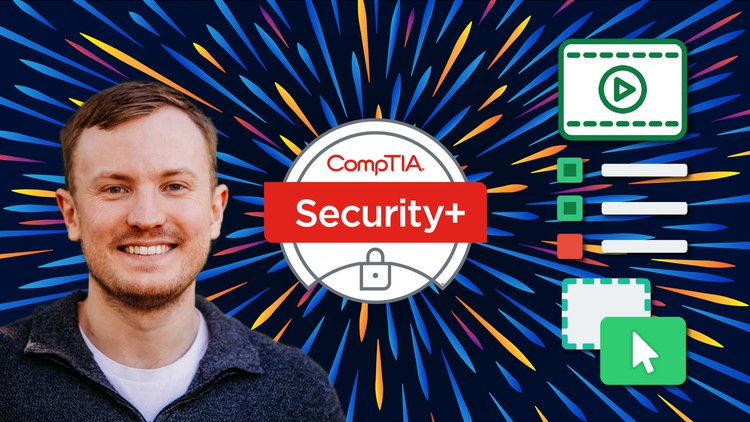1. What is malware
2. Malware classification
3. Virus
4. Worms
5. Backdoor
6. Trojans
7. Remote access Trojan (RAT)
8. Ransomware and Crypto Malware
9. How does ransomware work
10. Potentially unwanted programs (PUPs)
11. Spyware
12. Adware & Malvertising
13. Keyloggers
14. Fileless malware
15. Logic bombs
16. Rootkit
17. Bots and Botnets
18. Command and control
19. What are password attacks
20. Plaintext, encrypted, and hashed passwords
21. Brute force
22. Dictionary attacks
23. Spraying attacks
24. Rainbow and hash tables
25. Credential stuffing
26. What are physical attacks
27. Malicious universal serial bus (USB) cable
28. Malicious flash drive
29. Card cloning
30. Skimming
31. What is adversarial AI and tainted training for ML
32. Supply-chain attacks
33. Cloud-based vs. on-premises attacks
34. Cryptography concepts
35. Cryptographic attacks
36. Knowledge Check 1.2.1.html
37. Knowledge Check 1.2.2.html
38. Knowledge Check 1.2.3.html

